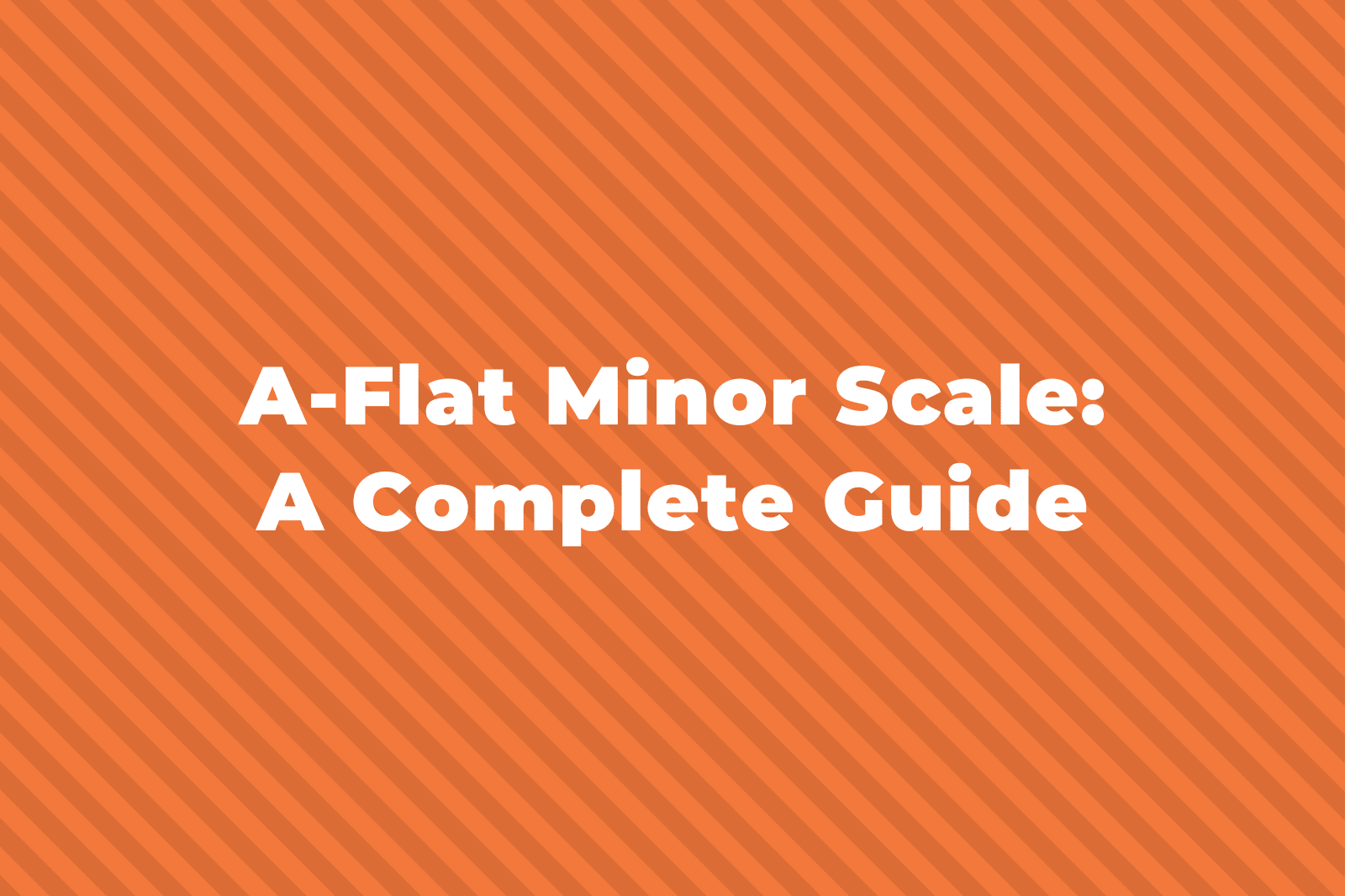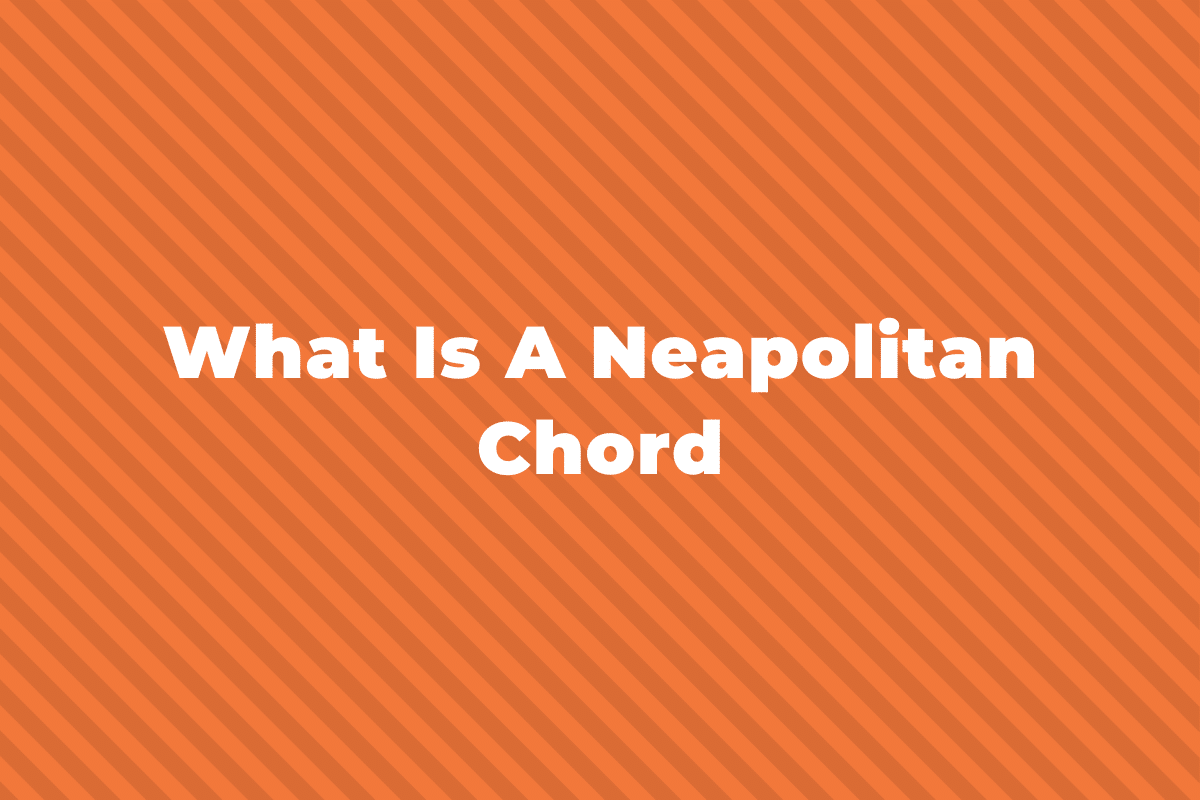Strophic Form is a type of form used in music. It has been used for centuries in church music, classical, jazz, folk, and pop music. It gets its name from the Greek word strophē, meaning “turn,” and it is one of the most popular and easily recognizable musical forms.
This post will go through all there is to know about Strophic Form. But first, let’s recap what is musical form in the first place.
Musical Form
Form in music relates to the structure of a song or composition.
It looks at the building blocks of music (melody, harmony, rhythm) and then determines how a specific piece of music uses those blocks.
There are many different types of musical form, and for a quick guide to all of the types, see our post here: Guide To Musical Form.
Musical form is often analyzed and labeled by letters (A, B, C, D…) representing different sections in the music.
Whether the sections are short (phrases) or long (passages, movements), we can use these letters as a guide to show if a section repeats, varies a small amount, or moves to another section, etc.
Definition of Strophic Form
Strophic Form is a form of music in which one verse, passage, or structure is repeated over and over.
It is also called verse-repeating form, chorus form, or one-part song form.
The structure of Strophic Form is just a repeating single verse or passage – AAAA…
The most common version of strophic form – in fact, the only version you’ll see examples of – is when a song has a single verse of melody and harmonic structure, and then that verse is repeated with different lyrics.
For example, the children’s lullaby “Hush, Little Baby”:
Each verse is two lines long, and each has the same melody and harmony as the verse before and after it.
Famous Examples Of Strophic Form
There are a lot of different genres of music that use strophic form.
Some of the oldest examples of this form are hymns sung in church, hymns such as “Holy, Holy, Holy” and “Be Thou My Vision.”
Though probably the most famous example of a strophic church song is “Amazing Grace”:
In the classical era, there are multiple examples of strophic form.
Haydn used it in some of his string quartets and symphonies, and Franz Schubert used it in many of his lieder (“songs” in German).
Here is a famous example of Schubert’s, called “Das Wandern”:
It is also used in Jazz music sometimes, particularly 12-bar blues pieces, such as this famous one by Robert Johnson, titled “Crossroads”:
Also, a more swinging, upbeat style of jazz that uses the strophic form is “Mack the Knife” by Bobby Darin.
However, this one is a bit debated because with each passing verse, there are different additions to the harmonies, and the melody is sung a bit differently each time as well.
However, I still think it counts because the basic structure stays the same throughout.
Perhaps the most common use of strophic form, however, is in folk music.
Music that tells a story often uses the strophic form, like “The Wreck of the Edmund Fitzgerald” by Gordon Lightfoot.
Contemporary folk artists such as The Avett Brothers use this style too, in “Bella Donna” and another song that tells a story, “The Ballad of Love and Hate”:
Bob Dylan is perhaps the most famous artist who uses the strophic form for many of his songs.
Songs of his, such as “Maggie’s Farm,” “Don’t Think Twice, It’s Alright,” “Positively 4th Street”, “Subterranean Homesick Blues,” and the example below, “The Times They Are A-Changing” are all in strophic form.
Summing Up Strophic Form
We hope you were able to learn all about strophic form from this article.
It has been around for a very long time, and it appears that it will still be around for a while.
Try and think of some songs that only have one repeating verse or refrain, without a chorus or bridge to break it up.



